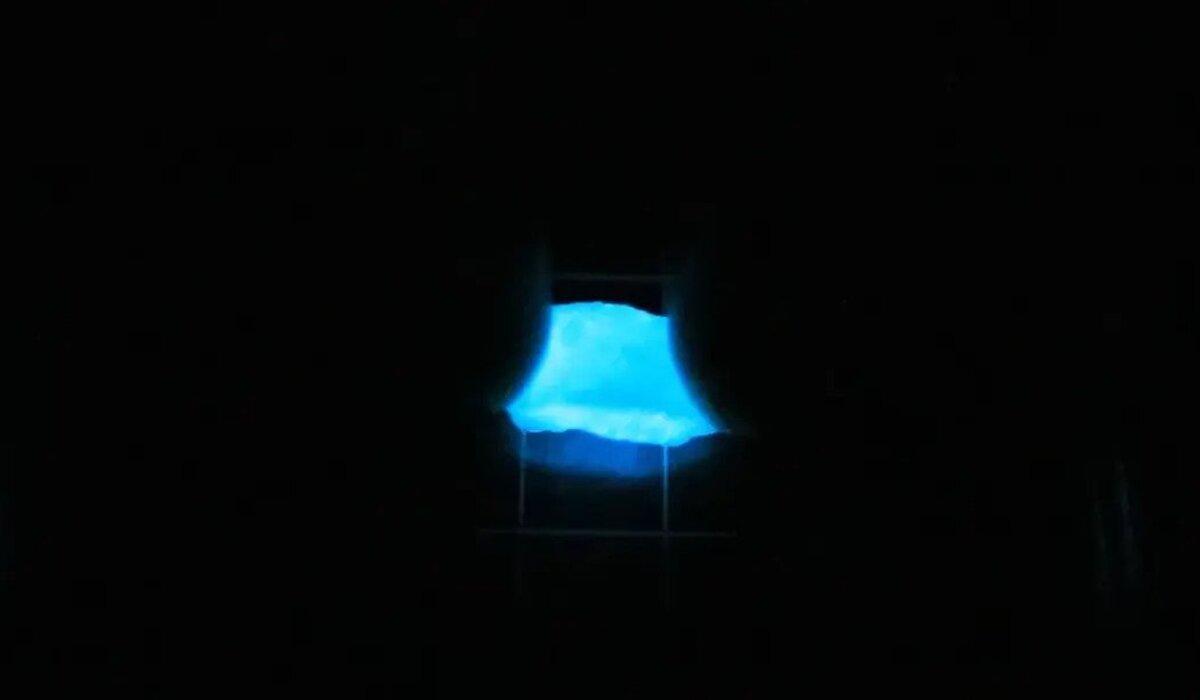A research team, headed by the University of California, San Diego, has successfully engineered a class of materials that exhibit a remarkable combination of softness and resilience. These materials possess the unique capability to emit light when subjected to mechanical stress, and this intriguing feature is made possible through the inclusion of dinoflagellates, a group of single-celled algae.
Dinoflagellates belong to the Kingdom Protista and are predominantly found in aquatic environments. They are renowned for their striking appearance and their bioluminescent capabilities, meaning they can produce light when subjected to disturbance.
The natural phenomenon of dinoflagellate bioluminescence is often observed as sparkling or glowing in ocean waters at night, and it serves various ecological functions, such as predator avoidance and communication among these microorganisms.
“An exciting feature of these materials is their inherent simplicity—they need no electronics, no external power source,” said study senior author Shengqiang Cai, a professor of mechanical and aerospace engineering at the UC San Diego Jacobs School of Engineering. “We demonstrate how we can harness the power of nature to directly convert mechanical stimuli into light emission.”
To create these luminescent materials, the researchers combined dinoflagellates with alginate, a polymer extracted from seaweed. The mixture was processed using a 3D printer to form various shapes. During tests, these materials exhibited their unique feature – they emitted light when subjected to mechanical pressure or when patterns were made on their surface.
Even the gentle touch of a foam ball passing over the material caused it to glow. The intensity of the emitted light increased with greater applied stress. The researchers developed a mathematical model to predict the glow’s intensity based on the level of mechanical stress.
Furthermore, these materials were found to be low-maintenance. The dinoflagellates within them required regular cycles of light and darkness to continue functioning. When mechanical tension was applied during the dark phase, they used the food and energy produced during the light phase to emit light.
To enhance the materials’ durability and resilience under diverse conditions, the researchers introduced a second polymer, poly(ethylene glycol) diacrylate, into the original mixture. They also shielded the materials from acidic and basic solutions by coating them with Ecoflex, a flexible, rubber-like polymer. The researchers are committed to ongoing improvements and optimizations, aiming to make these materials suitable for a range of applications in industries like medicine and robotics.
“This current work demonstrates a simple method to combine living organisms with non-living components to fabricate novel materials that are self-sustaining and are sensitive to fundamental mechanical stimuli found in nature,” said study first author Chenghai Li, a mechanical and aerospace engineering Ph.D. candidate in Cai’s lab.

